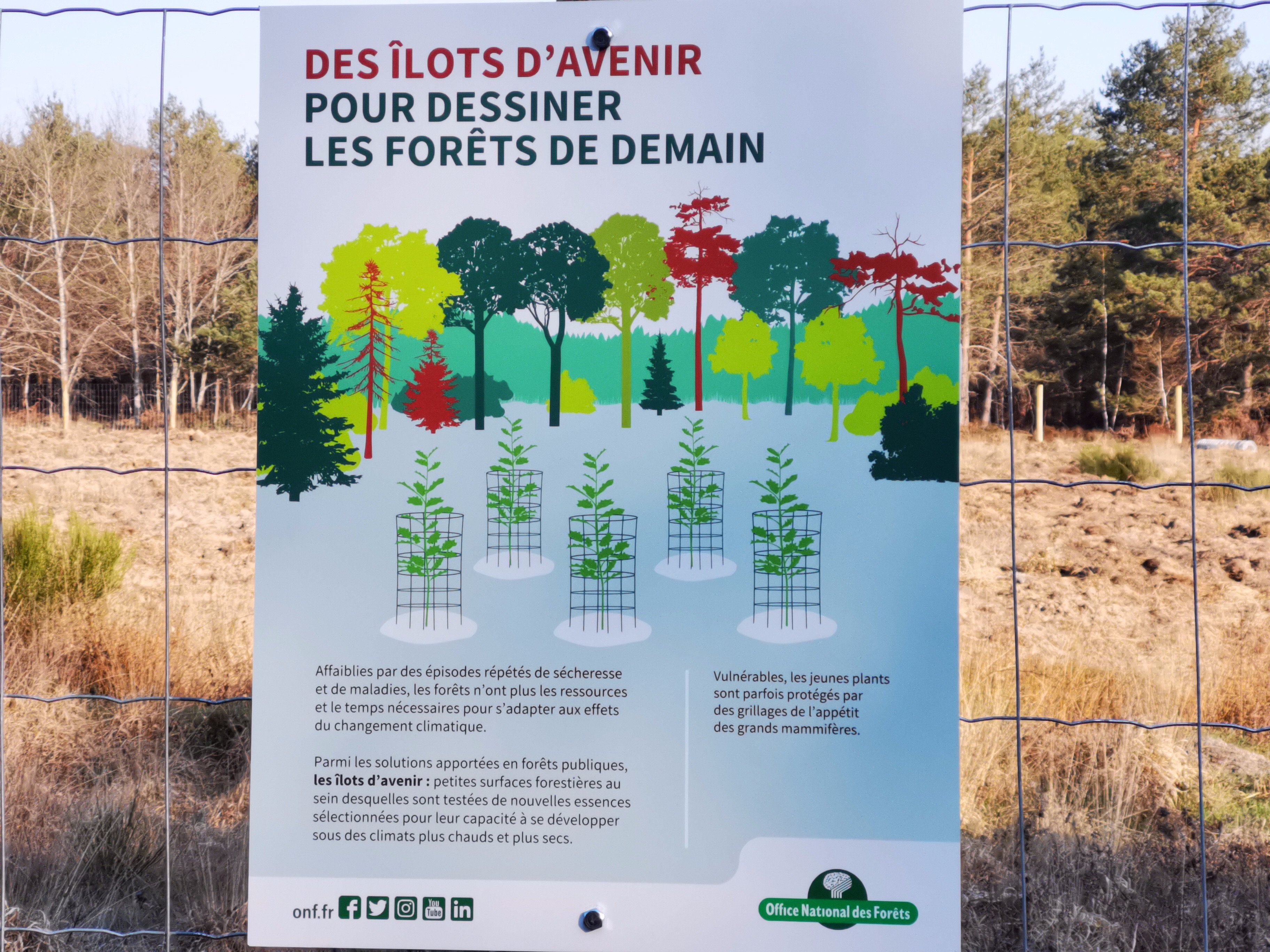Climate change will undoubtedly give a new face to the forest of Orleans (Loiret), the largest national forest in mainland France.
But which one?
To prepare for the future, the National Forestry Office is in the process of creating eight “islands of the future” there, with a view to testing experimental species likely to withstand climate change.
"What is certain is that we will suffer a loss of biodiversity, so we must prepare diversification solutions", explains Xavier Mandret, climate change referent at the ONF.
To read also Drought: in the forest of Colbert, "a heartbreak to cut oaks of this value"
The first two plots were recently planted, with 3,500 plants spread over 2.4 ha.
The species chosen are unusual in the forest.
These are liquidambars, which are more commonly found in parks and gardens, and changeable sequoias, a deciduous conifer native to China.
"We had trouble finding the seeds, it is a rare tree, almost an ornamental tree, and as we would not want people to come and tear the plants from us, we avoid saying where the plot is located" , adds Xavier Mandret.
The species chosen are unusual in the forest.
These are liquidambars, which are more commonly found in parks and gardens, and changeable sequoias, a deciduous conifer native to China.
NFB
These species were selected for their ability to resist global warming, insects and fungi as well as for the quality of their wood.
On the other plots, the ONF will test cedars, pubescent oaks, more Mediterranean than sesilla oak, or rigid pines.
As they grow, they will be measured and observed "to guide future choices", adds Yves Baugin, responsible for the management of the Ingrannes massif.
In the meantime, nearly 2 km of fencing has been deployed all around the two planted plots, to protect young shoots from deer tooth, a fence that will remain in place until the trees reach three meters high.

